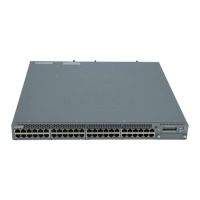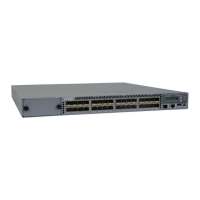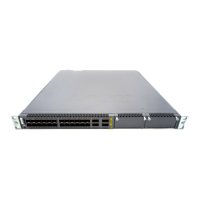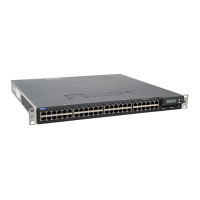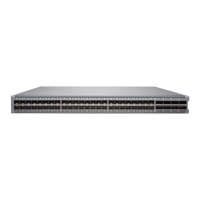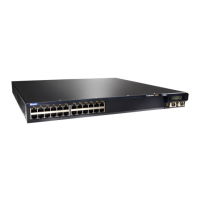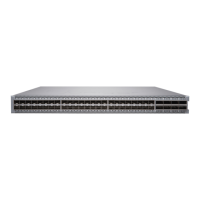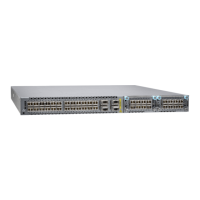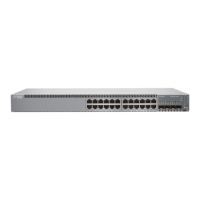Overview of EX Series Switches: Fiber-Opc Cable Signal Loss,
Aenuaon, and Dispersion
IN THIS SECTION
Signal Loss in Mulmode and Single-Mode Fiber-Opc Cable | 105
Aenuaon and Dispersion in Fiber-Opc Cable | 105
To determine the power budget and power margin needed for
ber-opc connecons, you need to
understand how signal loss, aenuaon, and dispersion aect transmission. EX Series switches use
various types of network cables, including mulmode and single-mode ber-opc cable.
Signal Loss in Mulmode and Single-Mode Fiber-Opc Cable
Mulmode ber is large enough in diameter to allow rays of light to reect internally (bounce o the
walls of the ber). Interfaces with mulmode opcs typically use LEDs as light sources. However, LEDs
are not coherent light sources. They spray varying wavelengths of light into the mulmode ber, which
reects the light at dierent angles. Light rays travel in jagged lines through a mulmode ber, causing
signal dispersion. When light traveling in the ber core radiates into the ber), higher-order mode loss
(HOL) occurs. (Cladding consists of layers of lower-refracve index material in close contact with a core
material of higher refracve index.) Together, these factors reduce the transmission distance of
mulmode ber compared to that of single-mode ber.
Single-mode ber is so small in diameter that rays of light reect internally through one layer only.
Interfaces with single-mode opcs use lasers as light sources. Lasers generate a single wavelength of
light, which travels in a straight line through the single-mode ber. Compared to mulmode ber, single-
mode ber has a higher bandwidth and can carry signals for longer distances. Single-mode ber is
consequently more expensive than mulmode ber.
Exceeding the maximum transmission distances can result in signicant signal loss, which causes
unreliable transmission.
Aenuaon and Dispersion in Fiber-Opc Cable
An opcal data link funcons correctly provided that modulated light reaching the receiver has enough
power to be demodulated correctly.
Aenuaon
is the reducon in strength of the light signal during
transmission. Passive media components such as cables, cable splices, and connectors cause
aenuaon. Although aenuaon is signicantly lower for opcal ber than for other media, it sll
105
